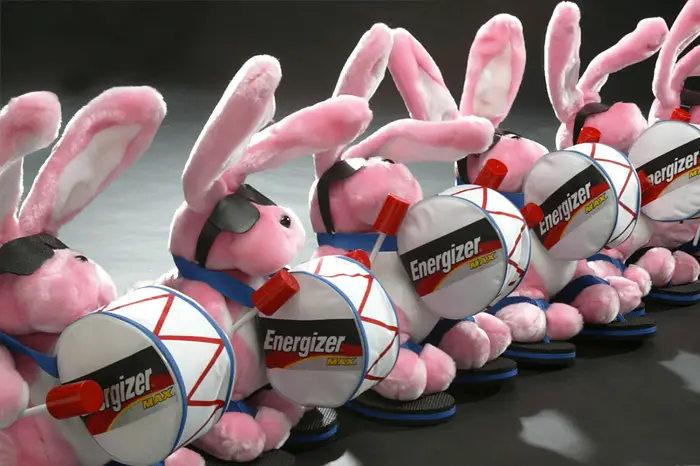
Energizer Holdings, Inc., formerly known as Eveready Battery Company, Inc., is one of the world’s foremost manufacturers of dry cell batteries and flashlights. In the United States, it battles intensely for market share with the category leader, Duracell. Its share of the domestic market in the late 1990s was estimated at just over 30 percent, trailing Duracell’s almost 40 percent. Energizer makes two mainstay brands, Energizer and Eveready. Its principal products are alkaline batteries, as well as other varieties including carbon zinc and lithium. The company also sells flashlights and other lighting products. Energizer makes and markets its products around the world, with over 40 production facilities overseas and distribution in over 160 countries.
Energizer Holdings was originally a battery and electric lighting firm known as American Ever Ready Company, with offices in New York and San Francisco. In the 1890s, this company was marketing a so-called electric hand torch–what we today call a flashlight. In 1913 this company was acquired by the National Carbon Company, Inc., a unit of Union Carbide & Carbon Corporation, later known simply as Union Carbide. National Carbon was already making batteries, advertising its Columbia brand dry cells with an eagle motif and the slogan ‘Columbia Batteries Circle the Globe.’ After the acquisition, National Carbon began using the Eveready name for its batteries. Later the battery business of National Carbon folded into the parent company, and Eveready batteries were made by the Battery Products Division of Union Carbide. Union Carbide was a leader in the United States battery market from early on, along with such other companies as General Electric, Electric Storage Battery, and Gulton Industries. Sales of its Eveready Layerbilt batteries grew rapidly in the 1920s, rising from 12.5 million batteries sold in 1922 to 303 million in 1926. The rise in sales was attributable to the new craze for the radio, which at first was battery operated. By the late 1920s, however, plug-in radios became the norm, and the market for batteries contracted.

